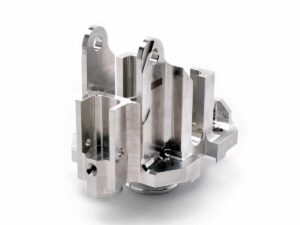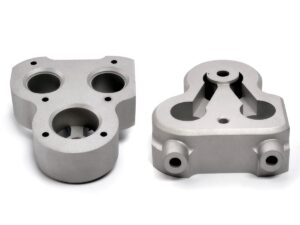- PolyJet 3D Printed Goddess Head Statue For Art Exhibition
- 3D Printed Rooftop Of China’s Ancient Palace
Material Metal
Quantity 15 pcs
Price Range $1,000-5,000
Lead Time 10 workdays
Gallery
About Project
We receive a low-volume order to produce customized auto parts. It's popular among car enthusiasts.
Polyurethane cast materials are available in rigid or flexible end-use plastics. Urethane cast parts are generally as tough or tougher than injection molded pieces, and are significantly stronger than 3D printed counterparts. And urethane casting is quite suitable for quantities of one to several hundred.
Urethane casting provides end-use, rigid or flexible, plastic parts with production-level quality. Built without expensive and time-consuming hard tooling, the urethane casting process uses a 3D-printed master pattern and silicone mold to deliver high-quality, short-run parts in a fraction of the time and a fraction of the cost of injection molding.
Solution
- Step 1: 3D printing The Master Pattern. A master pattern of the final part is made using an additive manufacturing process. Polyjet 3D or stereolithography (SLA) 3D printing processes are most often used due to the high-resolution and naturally smooth finish to the prints.
- Step 2: Molding. In step two, the 3D printed master pattern is encased in liquid silicone to form an accurate mold. Multiple molds can be made from the same master pattern which makes urethane casting perfect for on-demand, low-volume production runs. When the mold cures, it is cut into distinct halves and the master pattern is removed.
- Step 3: Pouring. In the final step of the urethane casting process, liquid plastic is poured into the silicone mold, and the mold is then placed in a vacuum chamber, which helps remove air bubbles in the liquid material. Once cured, the silicone halves are separated and the newly formed part is removed. This process is repeated until the desired quantity is achieved.








